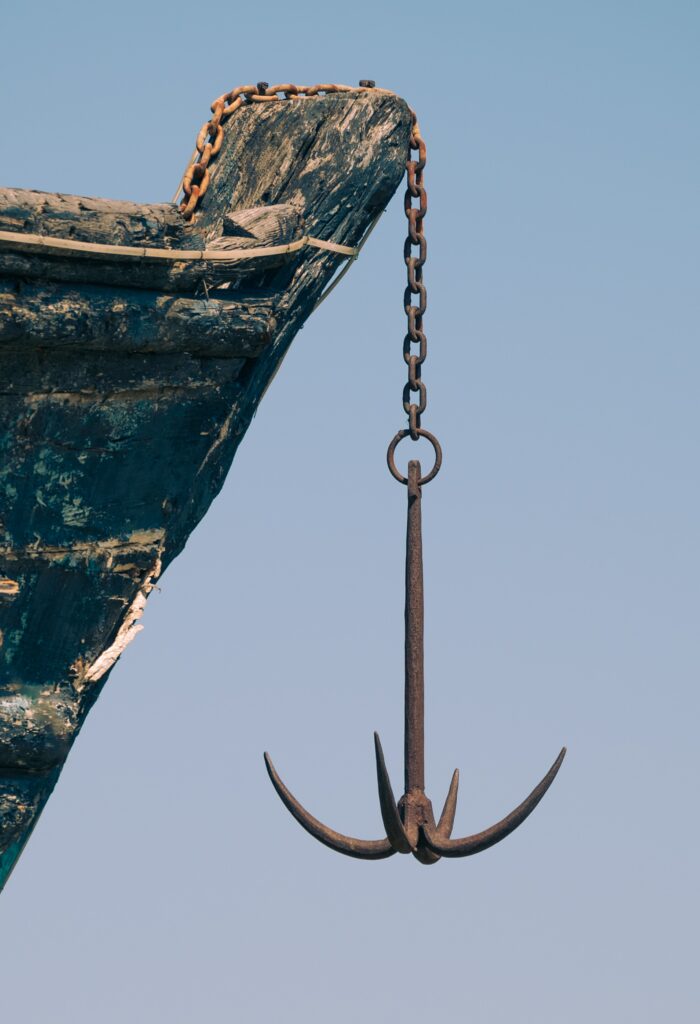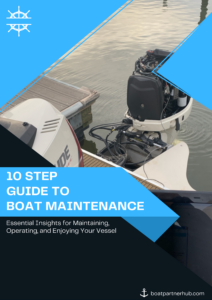Blog
Tips for Anchoring a Boat

Anchoring Made Easy: Expert Tips for Securely Anchoring Your Boat in any Boating Area
Anchoring a boat is a fundamental skill that every boater should master. Whether you’re planning to spend a day at a secluded cove, enjoy a peaceful night on the water, or stop for a quick swim, knowing how to anchor your boat properly is essential for safety and convenience. The process of anchoring may seem simple, but there are important techniques and considerations to ensure your boat stays securely in place. In this comprehensive guide, we will provide you with valuable tips and step-by-step instructions for anchoring your boat like a seasoned sailor.
1. Choose the Right Anchor
Selecting the right anchor is the first step to successful anchoring:
- Type of Anchor: Choose the appropriate anchor type for your boat and the bottom conditions of your boating area. Common anchor types include Danforth, Plow, Claw, and Mushroom anchors.
- Anchor Size: Ensure the anchor is appropriately sized for your boat’s length and weight to provide sufficient holding power.
2. Scout the Anchoring Location
Before dropping anchor, survey the area for the best anchoring spot:
- Depth: Check the water depth and ensure it allows enough scope for proper anchoring.
- Bottom Conditions: Determine the bottom type (sand, mud, rocks, etc.) to select the right anchor and assess holding capabilities.
- Weather and Tides: Consider the current weather conditions and tidal changes that may affect your boat’s position.
3. Prepare Your Boat
Prepare your boat for anchoring:
- Slow Speed: Approach the anchoring spot slowly to avoid overshooting or tangling the anchor.
- Assign Duties: If possible, have a crew member handle the anchor while the helmsman maneuvers the boat.
4. Drop the Anchor
Follow these steps to drop the anchor:
- Step 1: Lower the anchor slowly and steadily from the bow, avoiding sudden releases.
- Step 2: Allow the anchor to reach the bottom completely before letting out the anchor rode.
5. Set the Anchor
Setting the anchor ensures it digs into the bottom and holds the boat in place:
- Step 1: Reverse the boat’s engine gently to put tension on the anchor rode.
- Step 2: Observe landmarks or use GPS to monitor your boat’s position to ensure it’s holding.
6. Check Holding
After setting the anchor, check if it holds firmly:
- 360-Degree Turn: Perform a slow, full-circle turn to check if the anchor holds in all directions.
- Tug Test: Back the boat up with the engine at low power to test the anchor’s holding power.
7. Use Adequate Scope
Scope refers to the ratio of anchor rode length to water depth. Use adequate scope for a secure anchor hold:
- Normal Conditions: Use a scope of 5:1 (5 feet of anchor rode for every 1 foot of water depth).
- Adverse Conditions: Increase the scope to 7:1 or more for strong winds or currents.
8. Safety Considerations
Ensure safety during anchoring:
- Anchor Watch: Assign someone to keep watch on the anchor to monitor any dragging or movement.
- Avoid Overcrowding: Anchor a safe distance from other boats to prevent collisions.
9. Retrieving the Anchor
To retrieve the anchor:
- Step 1: Slowly approach the anchor location while pulling in the anchor rode.
- Step 2: Clean the anchor if necessary to prevent debris buildup.
- Step 3: Secure the anchor for storage once it’s onboard.
Conclusion
Mastering the art of anchoring is an essential skill for any boater. By choosing the right anchor, scouting the anchoring location, and following proper anchoring techniques, you can ensure your boat stays securely in place, allowing you to enjoy peaceful moments on the water without worry. Regular practice and attention to safety considerations will make anchoring a smooth and enjoyable part of your boating experience, enabling you to explore new destinations and create lasting memories on the water.
FAQs
- Can I use the same anchor for all types of boating areas? It’s best to have multiple anchor types to suit different bottom conditions and ensure the best holding power.
- What should I do if my anchor drags? If your anchor drags, you may need to re-anchor in a different location or reset the anchor by reversing the boat.
- What is the best anchor type for sandy bottoms? For sandy bottoms, Danforth anchors are often the preferred choice due to their excellent holding power in such conditions.
- Should I use a chain with my anchor? Using a chain as a part of the anchor rode can improve the anchor’s ability to set and hold, especially in adverse conditions.
- Can I anchor at night? Yes, you can anchor at night, but it’s essential to have proper navigation lights and assign someone for anchor watch to ensure safety.


